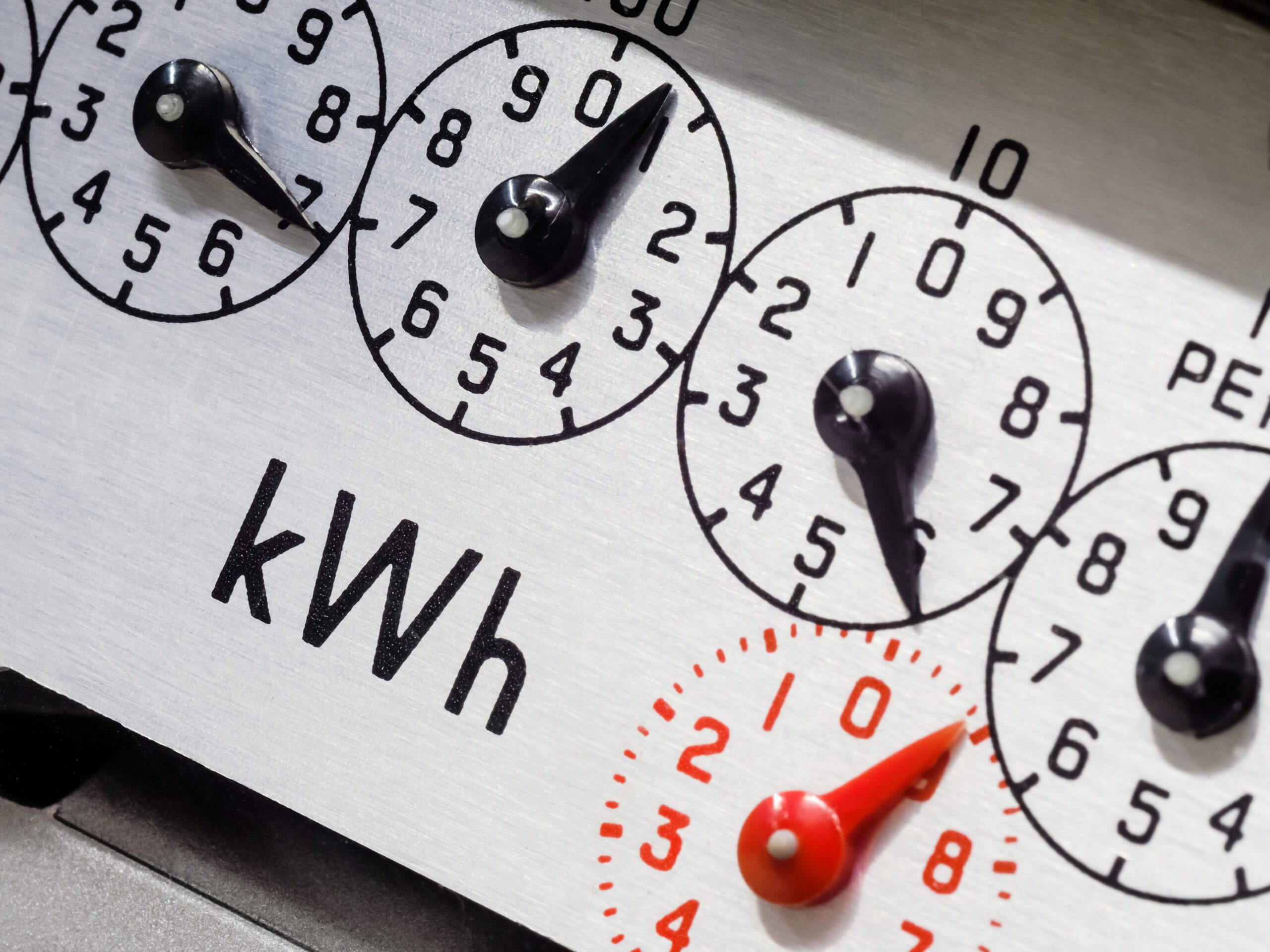New England just jumped on the EAP Clean Power Plan early via the Regional Greenhouse Gas Initiative (RGGI aka "reggy"). The last administration stopped that plan. Had CPP been in place, New England would not need to do much versus other parts of the country, some with very cheap power, would have needed to spend billions and see massive increases in rates as they are coal and fossil driven. PA just happens to be sitting on the Marcellus so they have cheap natural gas readily available and no reason not to burn it. Put in carbon regs and then PJM is in the same place as New England but in serious need of catch up.
Its not that New England has expensive power, its just partially taxing carbon via reggy while other parts of the country are not. The problem is with no nationwide carbon disincentive, the areas that do price in carbon are getting whacked by areas who do not. Its pay me now or pay me later. It's easy to talk green but when it comes to paying up for it, for many it is easier to vote in politicians that will lie to voters that there is no global warming. Take a look at the areas where Trump did the best and they are areas with high fossil generation percentages. That is not a coincidence.
I think we can both be onto something here... We agree that midwesterners are burning a lot of coal. But is PA an outlier bc of shale gas? Or is New England an outlier?
We can look at the data by subregion:
https://www.epa.gov/egrid/power-profiler#/
Basically, the New England sub-region makes electricity at 0.528 lbCO2/kWh, with 54% being fossil generated.
The PA/mid-atlantic sub-region makes electricity at 0.652 lbCO2/kWh, with 59% being fossil generated.
Continuing down the coast the Virginia/Carolina region makes electricity at 0.623 lbCO2/kWh, with 52% being fossil generated.
The US figure is 0.818 lbCO2/kWh, with 61% being fossil generated.
These three Atlantic regions are doing better emission-wise than the US as a whole, and have similar fractions of fossil energy on their grids. New England has more wind and solar than the other two, and fewer nukes.
And yet one of these regions has power 2X as expensive as the others. And expensive nat gas too, IIRC. And uses oil for residential space heating far more than any other region in the US (no doubt as a result of the expensive kWh and gas).
If the difference is due to carbon taxation, it has yet to manifest as a dramatically greener grid.
The green energy policy decisions in New England remind of those in Germany... expensive, ill-advised and resulting in poorer energy security and higher prices. Including shutting down existing nuke plants (?) and expensive solar installs (which are justified by expensive grid kWh).
We agree (I assume) that all these regions will have to build out massive amounts of new wind and solar to green their grids in the future. But with RE prices falling, it makes $$$ sense to not be an early adopter in this space (as Germany was).



![[Hearth.com] Massachusetts passes sweeping climate law [Hearth.com] Massachusetts passes sweeping climate law](https://www.hearth.com/talk/data/attachments/299/299717-66dd4319978c564a1025f1747fffb5b0.jpg?hash=QbhqEcbS-d)